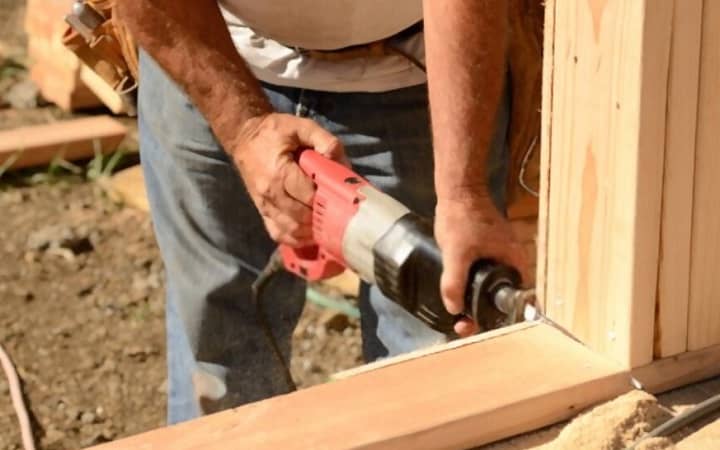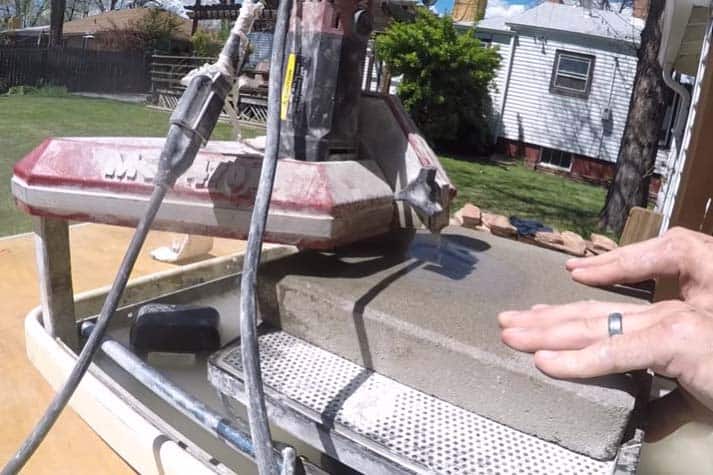Plexiglass, also known as acrylic glass or Perspex, is a versatile material widely used in various industries due to its transparency, durability, and lightweight nature. Whether you are working on a DIY project or a professional task, knowing how to cut Plexiglass accurately is essential. In this article, we will explore the process of cutting Plexiglass with a table saw, along with safety precautions and tips to achieve a smooth, precise cut.
Safety Precautions
Before diving into the cutting process, it’s crucial to prioritize safety. Plexiglass can be hazardous if not handled properly. Follow these safety precautions to protect yourself and others during the cutting process:
Protective Gear
Always wear appropriate safety gear, including safety goggles, a dust mask, and work gloves. This protective equipment will shield you from potential eye injuries, harmful fumes, and hand accidents.
Proper Handling
Handle Plexiglass with care to prevent cracks and scratches. Avoid placing heavy objects on the material, and store it in a safe location away from direct sunlight and extreme temperatures.
Workspace Setup
Set up your workspace in a well-ventilated area with ample lighting. Ensure that the table saw is placed on a stable surface and that there’s enough room to handle the Plexiglass comfortably.
Understanding Plexiglass
Before cutting Plexiglass, it’s essential to understand its composition and properties. Plexiglass is a type of transparent thermoplastic that consists of polymethyl methacrylate (PMMA). It offers excellent optical clarity, impact resistance, and UV stability. There are different types of Plexiglass available, such as extruded and cast, each with its unique characteristics.
Tools and Materials Needed
To cut Plexiglass effectively, you’ll need the following tools and materials:
Table Saw Requirements
A table saw with a carbide-tipped blade designed specifically for cutting Plexiglass is crucial. The blade should have a high tooth count and a negative hook angle to prevent chipping and melting.
Other Essential Tools
In addition to the table saw, gather a measuring tape, a straightedge, a marker or pencil, and a dust-free cloth for cleaning.
Step-by-Step Guide to Cutting Plexiglass with a Table Saw
Now that you have the necessary tools and knowledge, let’s walk through the process of cutting Plexiglass with a table saw step by step:
1. Preparing the Table Saw
Before starting, ensure that the table saw is clean and free from any debris or dust. Install the appropriate Plexiglass cutting blade, making sure it is securely attached.
2. Measuring and Marking the Plexiglass
Measure the dimensions you need on the Plexiglass sheet carefully. Use a marker or pencil to mark the cutting line, ensuring it’s visible and accurate.
3. Setting the Blade Height
Adjust the blade height on the table saw according to the thickness of the Plexiglass. The general rule of thumb is to set the blade slightly higher than the material’s thickness.
4. Making the Cut
Position the Plexiglass on the table saw, aligning the marked cutting line with the saw blade. Turn on the saw and push the material through the blade at a steady pace. Allow the blade to do the cutting without forcing the Plexiglass.
Tips for a Smooth Cut
Cutting Plexiglass can be challenging, but these tips will help you achieve a smooth and precise cut:
Cutting Speed
Maintain a moderate cutting speed to prevent overheating and melting. Fast cuts can lead to jagged edges and an uneven finish.
Reducing Heat Buildup
To minimize heat buildup during cutting, you can use a lubricant like a wax stick or apply water to the blade. This will help prevent the Plexiglass from melting.
Minimizing Chipping
To reduce chipping, consider using a masking tape on the cutting line. This will provide extra support to the Plexiglass during the cutting process.
Common Mistakes to Avoid
Even with the right tools and precautions, mistakes can happen. Here are some common mistakes to avoid when cutting Plexiglass:
Applying Too Much Pressure
Avoid putting excessive pressure on the Plexiglass while cutting, as it can crack or shatter the material.
Ignoring Blade Selection
Using the wrong type of blade can lead to chipping, melting, or a rough finish. Always use a blade specifically designed for cutting Plexiglass.
Inaccurate Measurements
Double-check your measurements before cutting to ensure accuracy and prevent wastage of materials.
Finishing and Smoothing Edges
After cutting, you may notice rough edges on the Plexiglass. To achieve a polished finish, you can use the following methods:
Sanding Techniques
Use sandpaper to smooth the edges of the Plexiglass. Start with a coarse grit and gradually switch to finer grits for a polished finish.
Flame Polishing
Another method to achieve smooth edges is flame polishing. Gently pass a propane torch over the edges to melt and smoothen them.
Alternative Methods for Cutting Plexiglass
If you don’t have access to a table saw, you can still cut Plexiglass using alternative methods, such as:
Using a Circular Saw
A circular saw with a fine-toothed blade can also cut Plexiglass effectively. Follow similar safety precautions and cutting techniques as with a table saw.
Hand Saw Techniques
For smaller cuts or intricate shapes, a fine-toothed hand saw can be employed. Take your time and use steady, controlled movements.
Application Ideas for Cut Plexiglass
Once you’ve mastered cutting Plexiglass, you can explore various applications for this versatile material:
DIY Projects
Plexiglass can be used for DIY projects, such as custom picture frames, display cases, and protective barriers.
Home Improvement
In home improvement projects, Plexiglass can be used for windows, skylights, and shower enclosures.
Art and Crafts
Artists and craft enthusiasts can create stunning artwork, sculptures, and jewelry using cut Plexiglass.
Maintenance and Storage Tips
Proper maintenance and storage will extend the life of your cut Plexiglass pieces:
Cleaning Plexiglass
Clean Plexiglass regularly with a mild soap solution and a soft cloth to maintain its transparency and appearance.
Storing Cut Pieces
Store cut Plexiglass pieces vertically, with protective layers between them, to prevent scratching and damage.
Frequently Asked Questions (FAQs)
Can I use a regular saw to cut Plexiglass?
While a regular saw can be used, it is not recommended as it may lead to chipping and imprecise cuts. A table saw with a proper Plexiglass cutting blade is a safer and more effective choice.
What is the best blade for cutting Plexiglass?
The best blade for cutting Plexiglass is a carbide-tipped blade with a high tooth count and a negative hook angle. This blade design minimizes chipping and melting.
How do I prevent the Plexiglass from melting while cutting?
To prevent melting, use a lubricant like a wax stick or apply water to the blade during cutting. This will help dissipate heat and keep the cut edges smooth.
Can I cut curves with a table saw?
Cutting curves with a table saw can be challenging. It is best to use alternative methods, such as a jigsaw or coping saw, for curved cuts.
What is the best way to remove sawdust from the Plexiglass?
Use a dust-free cloth or a microfiber cloth to gently wipe away sawdust from the Plexiglass surface.
Conclusion
Cutting Plexiglass with a table saw is a valuable skill that opens up a world of creative possibilities. By following safety precautions and employing the right techniques, you can achieve clean, precise cuts for your various projects. Remember to take your time, be patient, and practice regularly to enhance your proficiency in working with this versatile material. Happy crafting!


